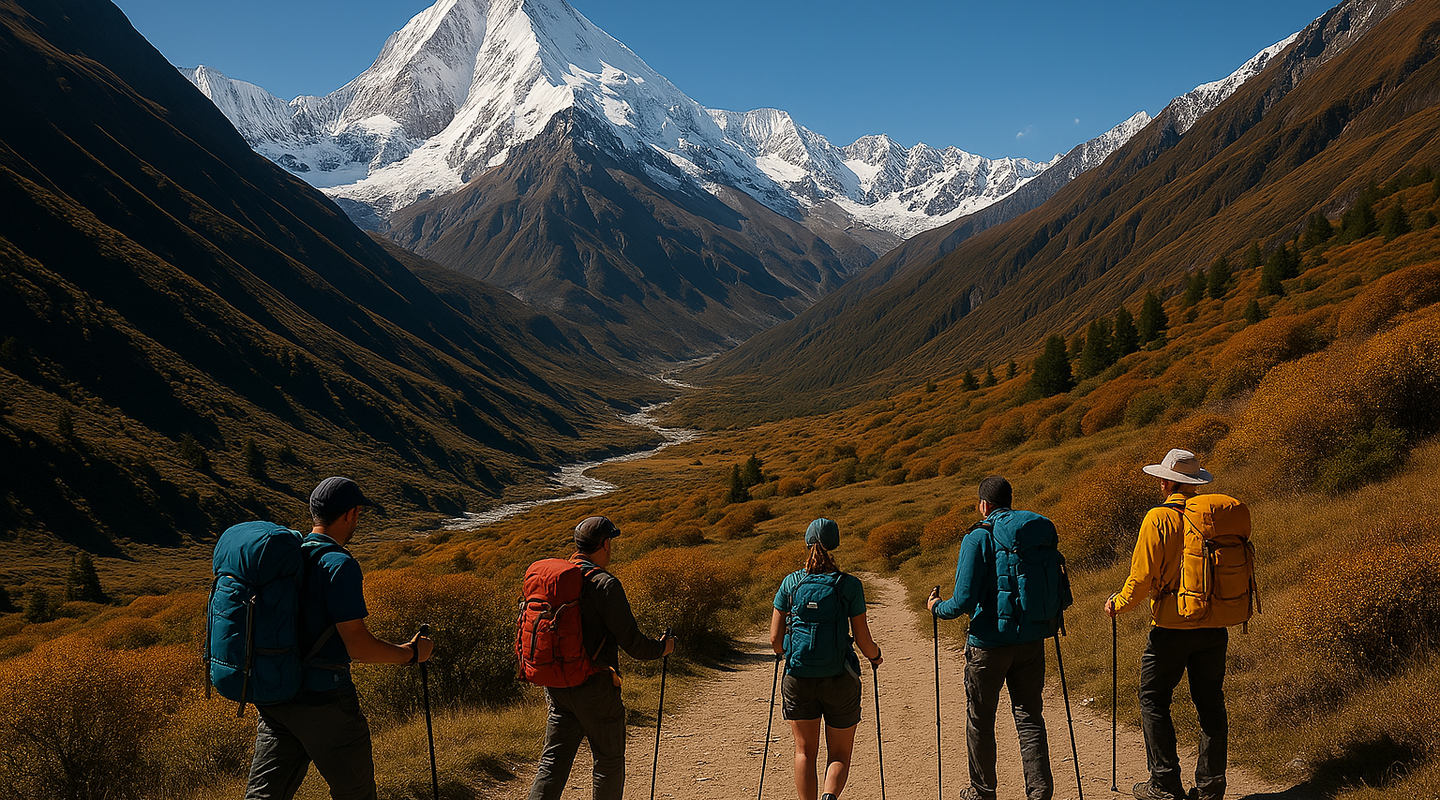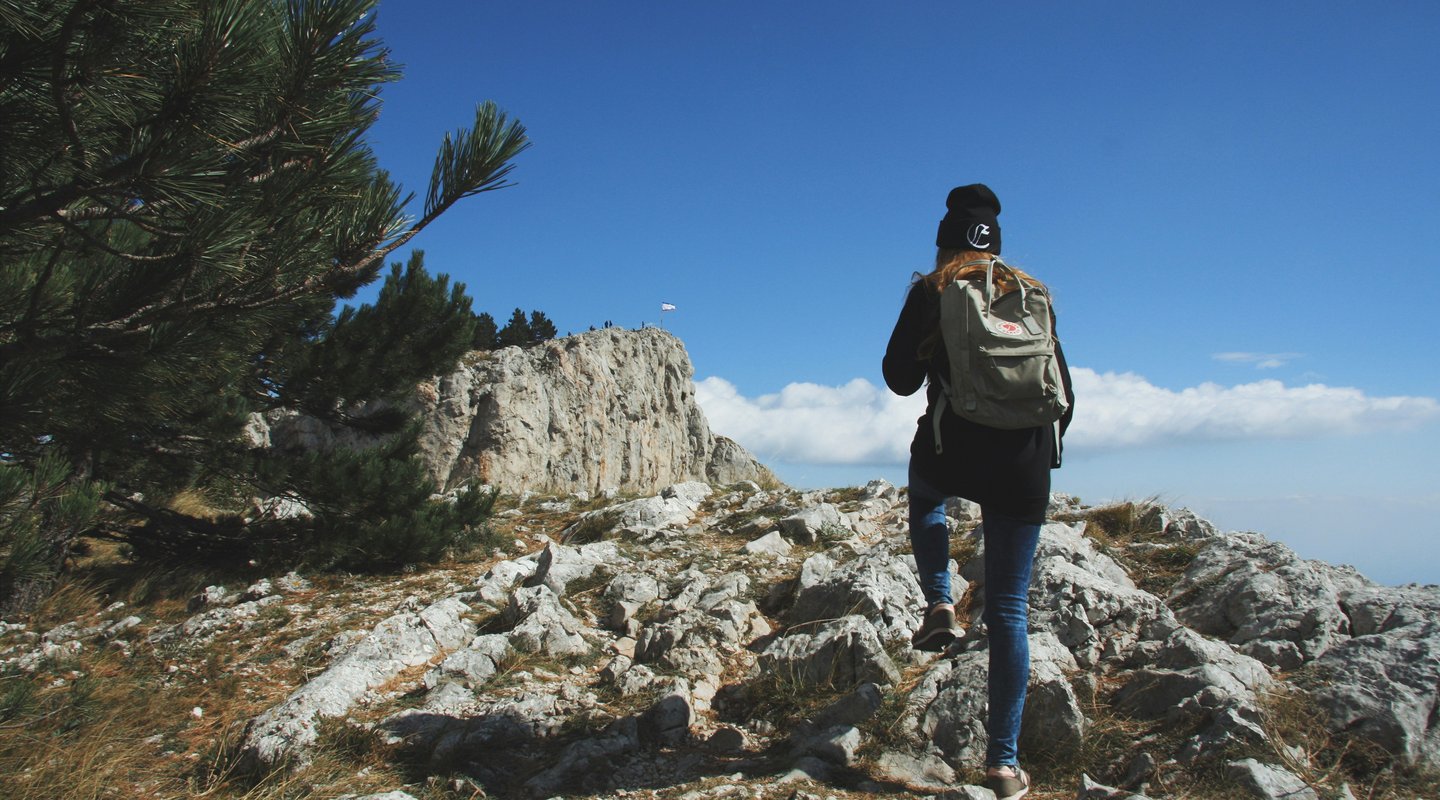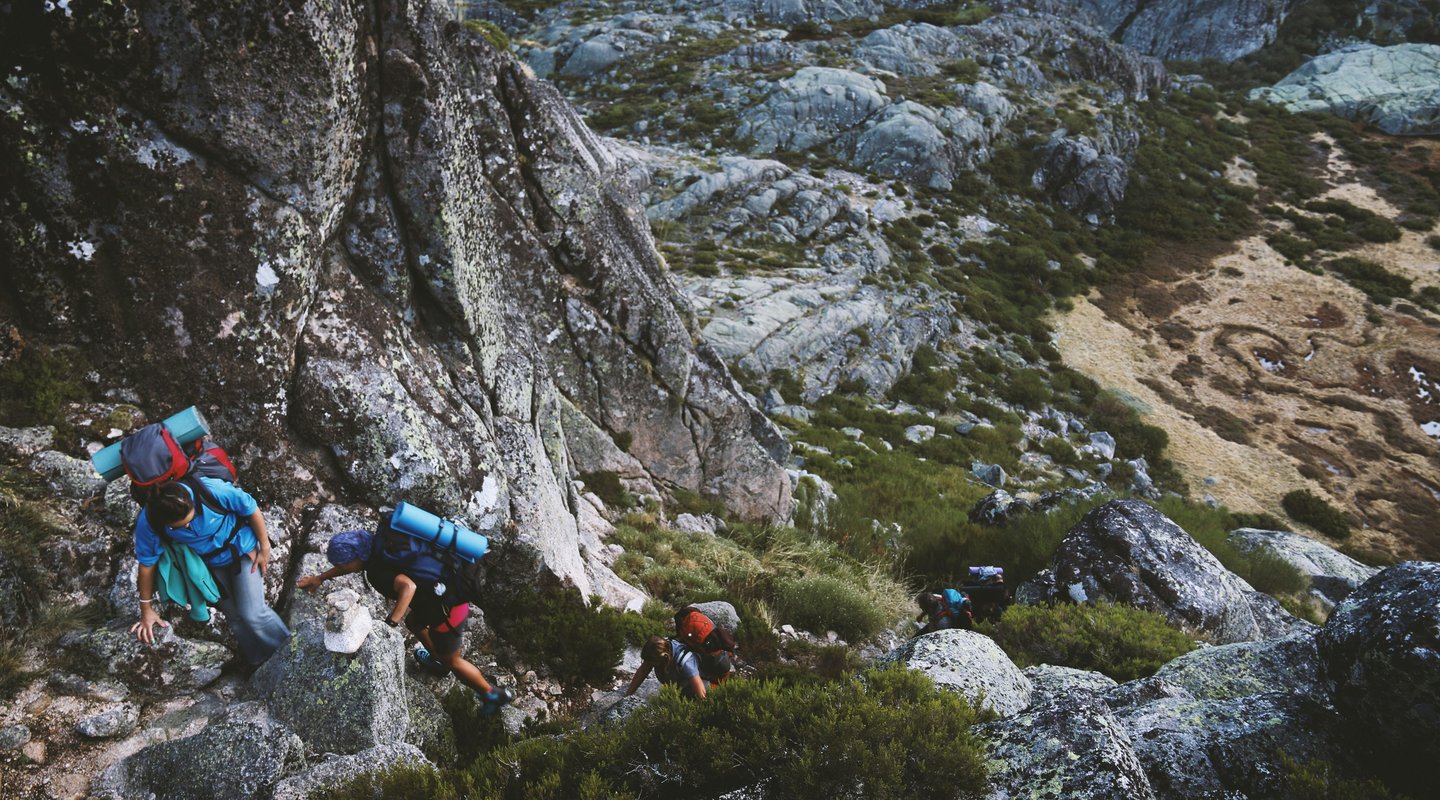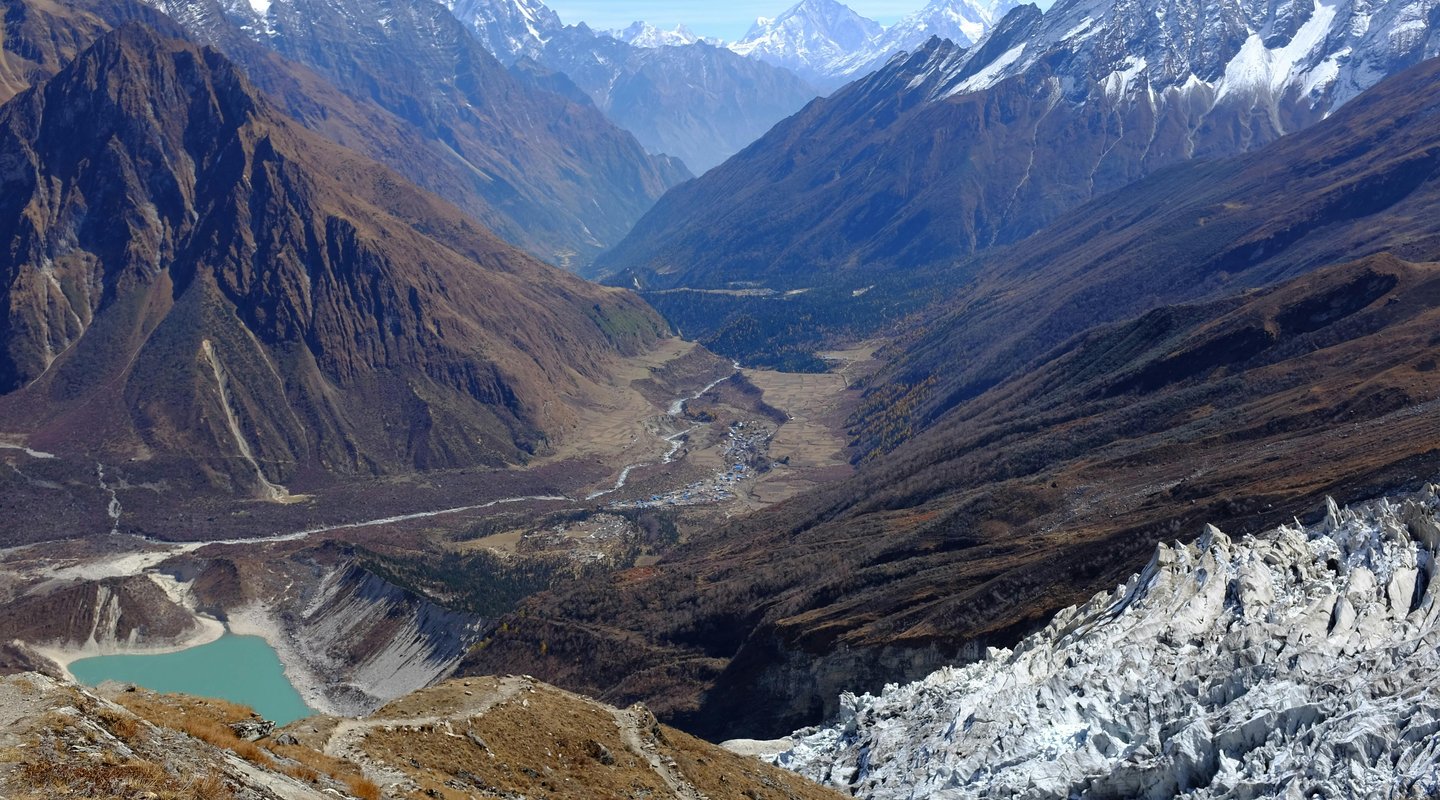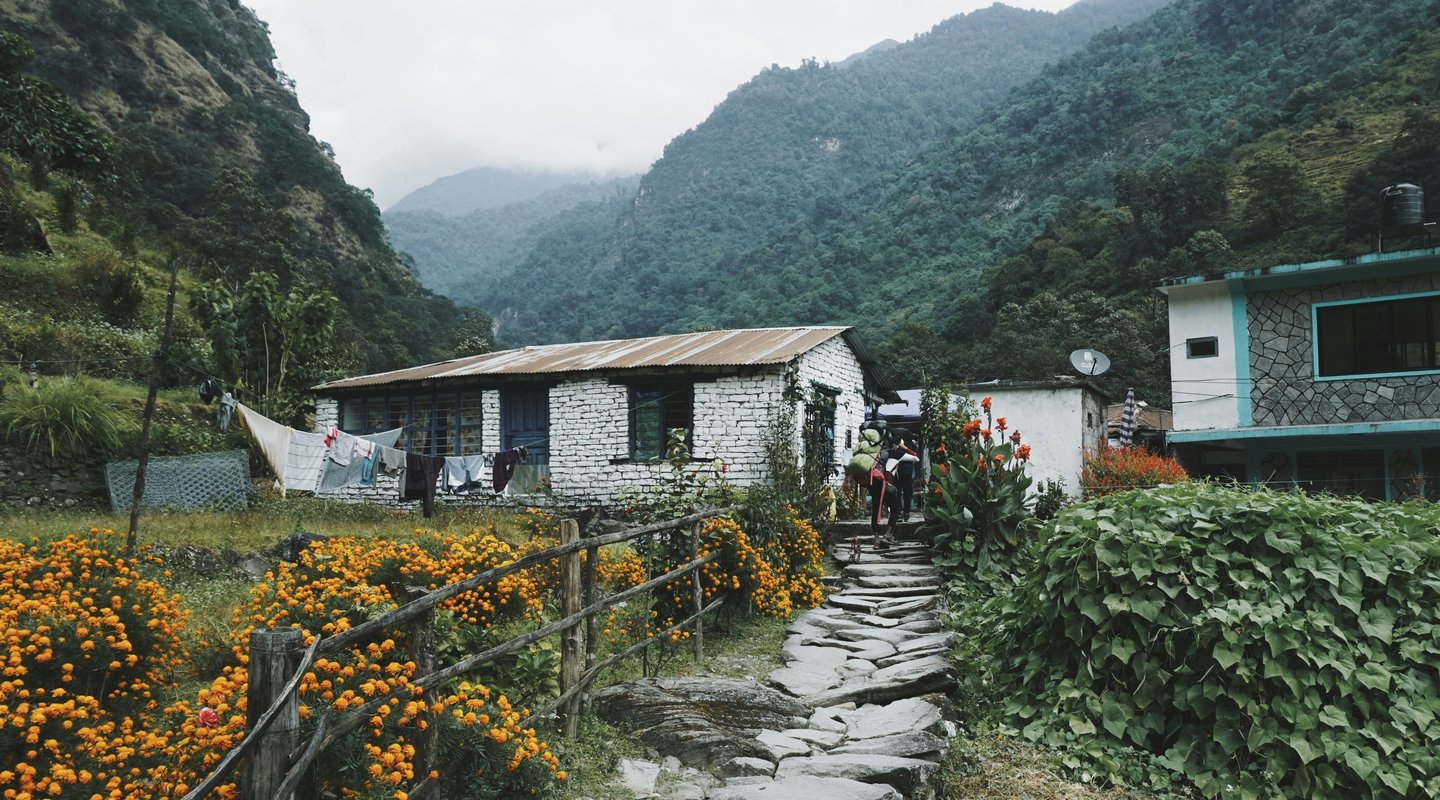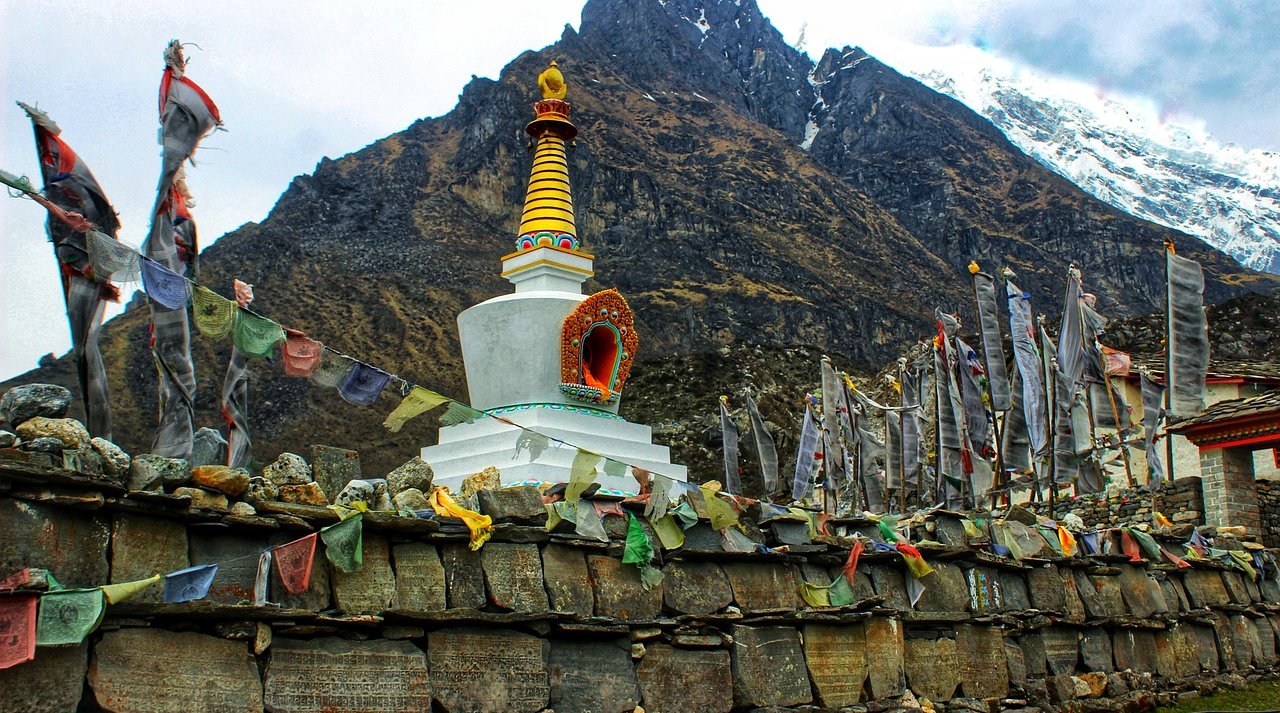
The Manaslu Circuit is a renowned route blended with unique culture, traditions, and natural beauty, offering an invitation not only to those who seek passion in adventure but also to the people who take great interest in immersing themselves in rich and unique cultures and traditions.
Circled by the majestic towering peaks of the Himalayas and the eighth highest peak in the world, Mount Manaslu, this Manaslu Circuit unfolds unique lifeways in every corner, from the unique lifestyle of Tibetans and Gurungs to their spiritual celebrations. So, the Manaslu Circuit is a journey of discovery of an extraordinary and magically authentic region.
The Manaslu Circuit is home to the unique history and culture of diverse ethnic groups. Ethnic groups such as Tibetan, Gurung, Magar, and Nepalese are the predominant communities residing here, and each group is contributing in shaping the cultural landscape of the region.
The Tibetans influenced by Buddhism immigrated into Manaslu Circuit 100 years back. Many Tibetan nomads and traders, influenced by trade routes connecting Tibet and Nepal with their rich cultural and traditional practices, settled in the Manaslu Circuit.
On the other hand, the Gurungs, believed to have migrated from Central Asia, have their roots in the Himalayas. They have historical tales of bravery, as Gurung men served in the British and Indian armies as Gurkhas, and they had significant emigration and foreign cultures.
Similarly, the Magar ethnic groups having their own distinct dialects and cultural practices are descended from Mongolian ancestors. The Manaslu Circuit has attracted many ethnic groups to migrate into the region, and their blending fosters the cultural allure of the Manaslu Circuit with their unique traditions, languages, and lifestyles.
There is a harmonious relationship between the diverse ethnic groups, and the majority of the people are engaged in agriculture. Subsistence farming and cultivating crops are their daily routines. Barley, maize, and potatoes are the staples of the Manaslu Circuit. They get limited arable land due to the challenging terrain and climate of the Manaslu Circuit. Additionally, villagers are into animal rearing, such as yaks and goats are maintained for food and materials for clothing and shelter as well.
The men are inclined to the fieldwork and maintaining livestock, whereas women look after the household chores such as cooking, weaving, and managing the family duties. Weaving and pottery are also produced quite often and have been passed down through generations. Furthermore, the people of Manaslu Circuit are also into religious and spiritual practices and have kept their values intact despite increasing influences of modernism.
The traditional cuisine is one of the cultural highlights of the Manaslu Circuit, which is influenced by Tibetan, Nepali, and indigenous cooking styles. You can get staple ingredients such as rice, barley, and millet as locally sourced. Additionally, vegetables such as beans, leafy greens, and potatoes are cultivated, while yak butter and cheese are the dairy products that are widely consumed, including the most loved “Chhurpi”. Herbs and spices such as ginger, garlic, and coriander enhance the flavor of the dishes that not only give you good taste but are also nutritious. The meals are often prepared with the preserved pickles and fermented items, which manage to retain the nutrition in the high altitudes during harsh winters.
Daal Bhaat
Mo:Mo
Thukpa (noodle soup)
Dhindo
The ethnic communities of the Manaslu Circuit speak different languages, such as
Trivia: Tsum and Nubri languages are two of the endangered spoken languages of Nepal.
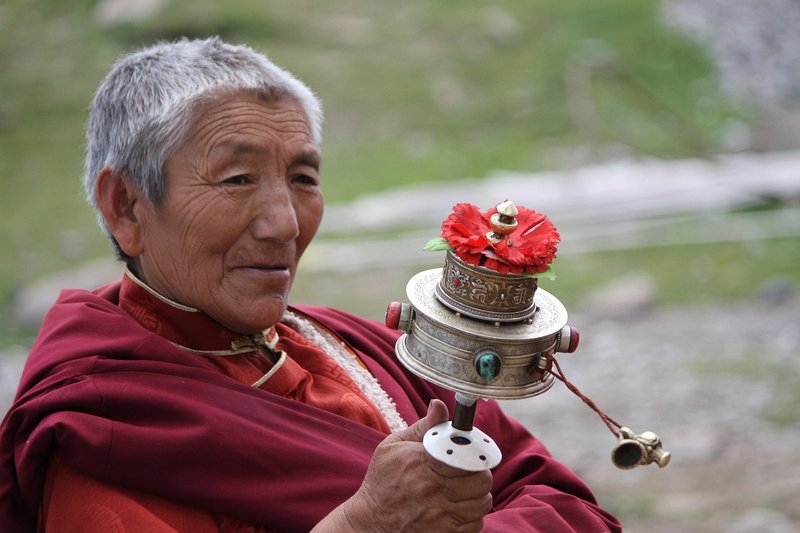
Tibetan Buddhism
Tibetan Buddhism plays a vital role in shaping the daily lives, arts, and social structures of the Manaslu Circuit. Buddhism began to flourish in Tibet during the 7th century, and this was the time when Tibetans came to settle in the Manaslu region. The sacred monasteries, such as Pyungyen Gompa and Serang monastery are the vital centers reflecting the teachings of Buddha, especially the Mahayana tradition, meditation, and community gatherings. The ritual practices, such as praying ceremonies and chanting of mantras, are the daily routines within the village that reflect faith as a cultural backbone of the villagers in the Manaslu Circuit. The monasteries are cultural highlights of the Manaslu Circuit and attract the trekkers to participate in the religious and spiritual activities.
You will get to see the spiritual side of the Manaslu Circuit through the monasteries such as Pyungen Gompa and Serang Monastery, which are two of the famous monasteries of the Manaslu region. These sacred places associated with Tibetan Buddhism are not only the places for worshipping, but also they are the religious schools that provide religious education to the communities.
Vibrant wall paintings, intricate woodwork, and stunning stupas adorn these monasteries, reflecting the artistic traditions and spiritual beliefs of the region. The preservation of cultural heritage is done by the monks who reside in these monasteries, and they provide moral guidance by conducting rituals and festivals, reinforcing unity in the communities.
During festivals and Buddhist ceremonies, the sounds of chants, horns, and cymbals in these monasteries draw the local residents and tourists, and they connect with the unique cultural fabric of the Manaslu Circuit. More importantly, these monasteries provide employment opportunities for many artisans and traders within the communities. These monasteries are one of the cultural highlights of the Manaslu Circuit and give the encouragement to participate in the social activities that foster a sense of unity and continuity among the local people.
Prayer flags are cultural highlights of the Manaslu Circuit and will be a common sight for you throughout your Manaslu Circuit Trek. They flutter in the wind to spread spiritual blessings and goodwill to the surrounding, transmitting prayers to heaven. There are 5 colors in the prayer flag: blue, white, red, green, and yellow, and each of the colors holds specific meanings that correspond to the five elements of existence.
The color blue represents the sky, white the air, red denotes fire, green indicates water, and yellow embodies earth. These colors arranged in a specific order reflect the belief that the prayers and blessings are carried far, connecting the spiritual with the earth.
You will get to see the high passes, homes, tea houses, and monasteries being adorned with these prayer flags in the Manaslu Circuit.
You will find Mani walls along the trails, which are cultural highlights of the Manaslu Circuit . They are traditional stone walls engraved with mantras like “Om Mani Padme Hum.” These walls are in typical rectangles but often vary in size and are inscribed with prayers and sacred texts.
It is a deeply ingrained custom that you should be walking clockwise around these Mani walls, a belief among the locals and pilgrims. It also shows your respect and devotion to the Buddhist holy sites. It is not only a physical act but also a spiritual practice that connects you to the cultural and religious traditions of centuries.
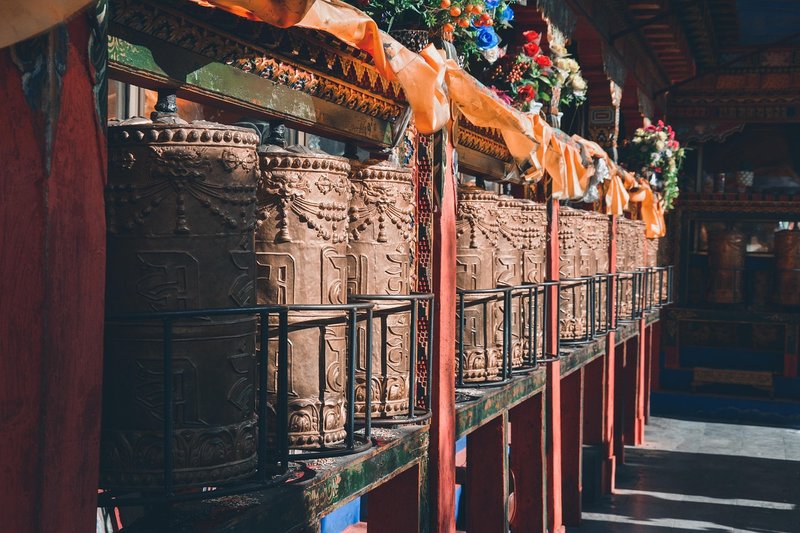
Prayer wheels are cylindrical wheels made of metal. You will see numerous prayer wheels along the trails, and they are inscribed with mantras. Orally reciting mantras and turning these prayer wheels are equally considered the same way of spreading positivity and blessings. These prayer wheels aligned with Buddhist teachings symbolize the cycle of birth and death. You need to spin these prayer wheels in the clockwise direction to keep harmony with the natural flow of life. You are made to experience the spiritual side of the Manaslu region with these prayer wheels situated at different intervals and are cultural highlights of the Manaslu Circuit.
Butter lamps are an integral part of the Buddhist rituals. The monasteries have the butter lamps offered to the Lord Buddha and other deities. These butter lamps represent wisdom, intelligence, and the dispelling of ignorance. In the philosophy of Buddhism, a lamp enlightens the mind with the wisdom guiding individuals on their spiritual path by illuminating darkness. During major festivals and ceremonies, the people illuminate numerous butter lamps with the hope of prosperity, peace, and enlightenment in the local communities. Embodying the spiritual values, these butter lamps become the cultural highlights of the Manaslu Circuit.
The festivals are cultural highlights of the Manaslu Circuit, and each of the festivals is celebrated in different manners and with specific purposes.
The Lhosar festival is one of the major cultural highlights of the Manaslu Circuit. It is the traditional New Year celebrated by the Gurung, Tamang, and Sherpa communities of the Manaslu Circuit. This festival marks the new lunar year and falls during the month of February or March. The communities pay homage to their deities and ancestors, which symbolize unity and renewal. They clean and decorate their homes to invite good fortune prior to the day of the festival. By wearing new dresses or traditional attire, they engage in festivities.
They eat Guthuk, which is a traditional soup made of meat, beans, vegetables, and leftovers, which is normally eaten 2 days before the day of the festival. It is a ritual that they believe banishes the evil spirits and ill health from their home. They perform traditional dances, sing folk songs, and enjoy themselves with a hope of prosperity and good health.
Mani Rimdu is one of the celebrated festivals of the Manaslu Circuit. It is celebrated by the Sherpa community during the autumn seasons of October or November. Colorful rituals mark this festival, and the monks perform a sacred dance known as “Cham,” conveying important teachings and cultural beliefs.
Buddha Purnima, also known as Buddha Jayanti, is significantly celebrated by the people in the Manaslu Circuit. This day, marking the birth, death, and enlightenment of Lord Gautam Buddha, is celebrated on the full moon in the month of April or May. This day is celebrated by engaging in prayers, meditation, and rituals that reflect the rich Buddhist heritage of the Manaslu region. The monks chant sutras, devotees pray and offer flowers and light to Lord Buddha, and circumambulate stupas.
Dumje is one of the festivals celebrated by the Sherpas. This day marks the birth of Guru Rinpoche, who is believed to have been born on a lotus flower. This festival typically falls in the month of June. People offer prayers at the monasteries and wear masks while performing traditional dances. This festival is all about the hope for good fortune and prosperity.
Dhachyang festival is the festival of horses in Tsum Valley, celebrated in November or December. The men ride horses and participate in horse races wearing traditional attire, whereas the women dance and sing for enjoyment.
The Nara festival is celebrated by Tsum people honoring the deities and harvest season.
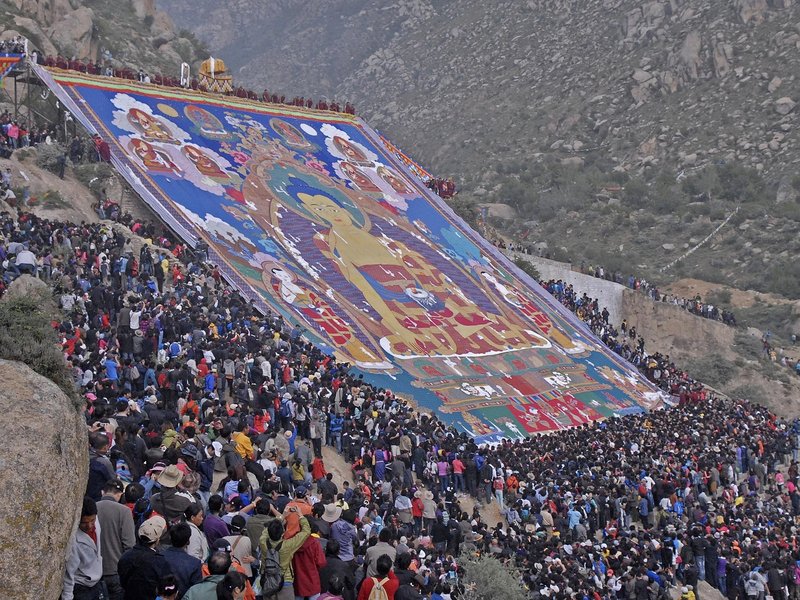
Traditional weaving is one of the cultural highlights of the Manaslu Circuit. The women conduct this weaving practice and create colorful textiles using old that are passed down through generations. Local materials such as wool and yak hair are used to produce different items such as traditional garments, rugs, and blankets. The textiles have bold and geometric patterns that signify the cultural values and beliefs of the community and natural environment. Weaving is not only about producing products but is a medium of artistic expression to tell the stories of the cultural heritage and identity of the Manaslu Circuit.
Wood carving is a traditional art form of the Manaslu Circuit that reflects the intricate craftsmanship. The local artisans create beautiful wooden sculptures and decorative items, which are produced by the high-quality timber sourced from abundant forests in the Manaslu region. Their designs represent the local deities, religious symbols, nature, and the spiritual connection between the people and their environment. During the festivals and special occasions, these wooden carvings are displayed by local craftsmen. More importantly, tourism grows with the increasing appreciation for these traditional skills and becomes one of the cultural highlights of the Manaslu Circuit.
Thangka painting as a traditional art form is one of the major cultural highlights of the Manaslu Circuit . These are scroll paintings typically created on cotton or silk fabric that depict mandalas, various deities, and significant Buddhist teachings for educational and spiritual purposes. It takes several months to complete and requires extensive knowledge of Buddhist iconography and a practiced skill for accuracy of the culture. Thangka paintings are produced and studied at monasteries, depicting the deeply rooted religious values, and are considered sacred to display.
The Manaslu Circuit is an embodiment of diverse and rich cultural heritage, which is shaped by various ethnic groups with centuries of history. The Manaslu Circuit Trek offers not just a majestic route of the Himalayas but also gives you a cherishing experience into the lives and traditions of the local communities. The architecture, religious practices, and traditions, including the festivals and craftsmanship mostly influenced by Buddhist philosophy and their unique cultural fabric, are the major cultural highlights of the Manaslu Circuit.
Delve into the enriching cultural experience of the Manaslu Circuit through Himalayan Hero Adventures.
Please feel free to contact us at [email protected] or WhatsApp us at +9779801127073.
